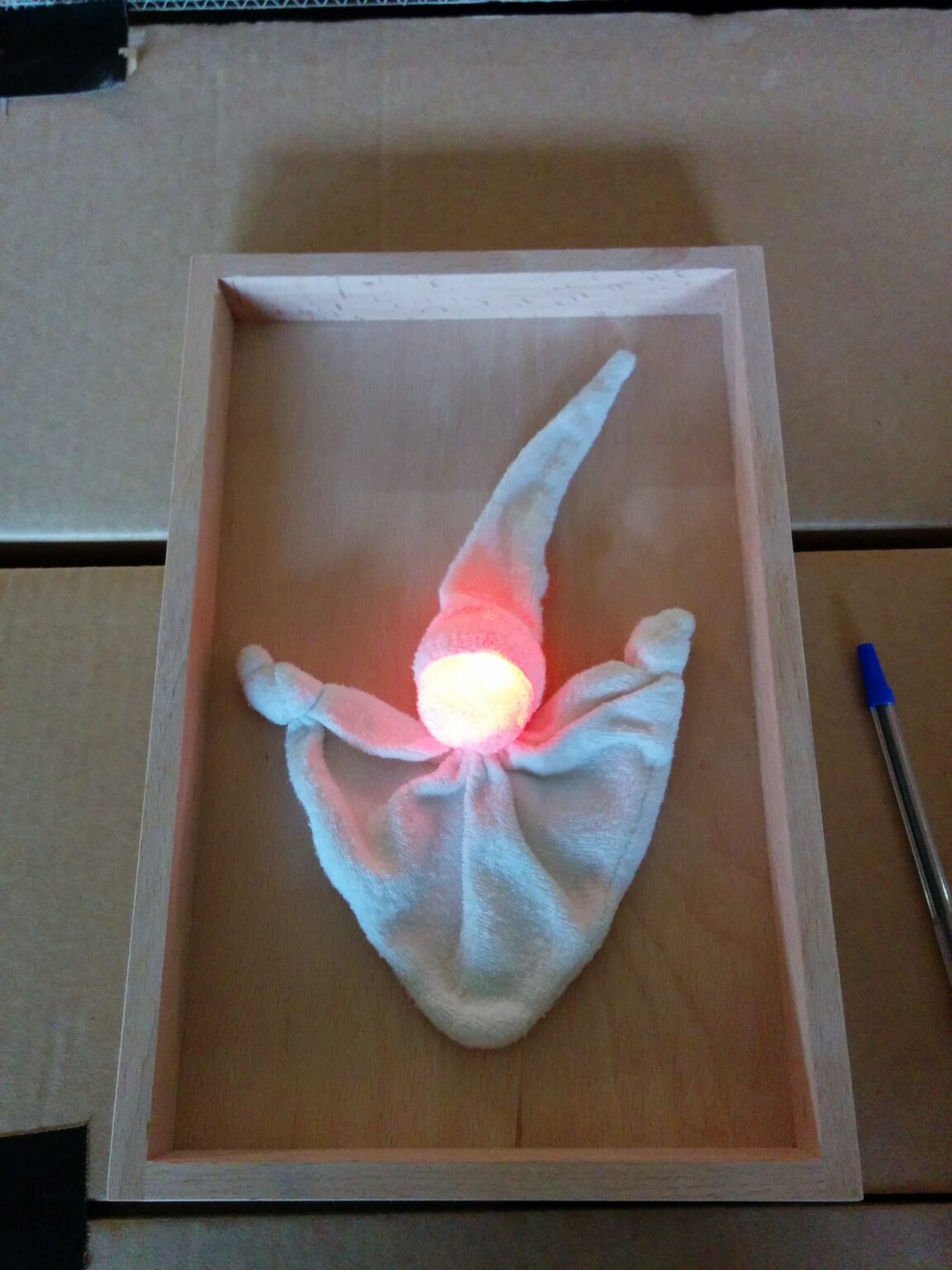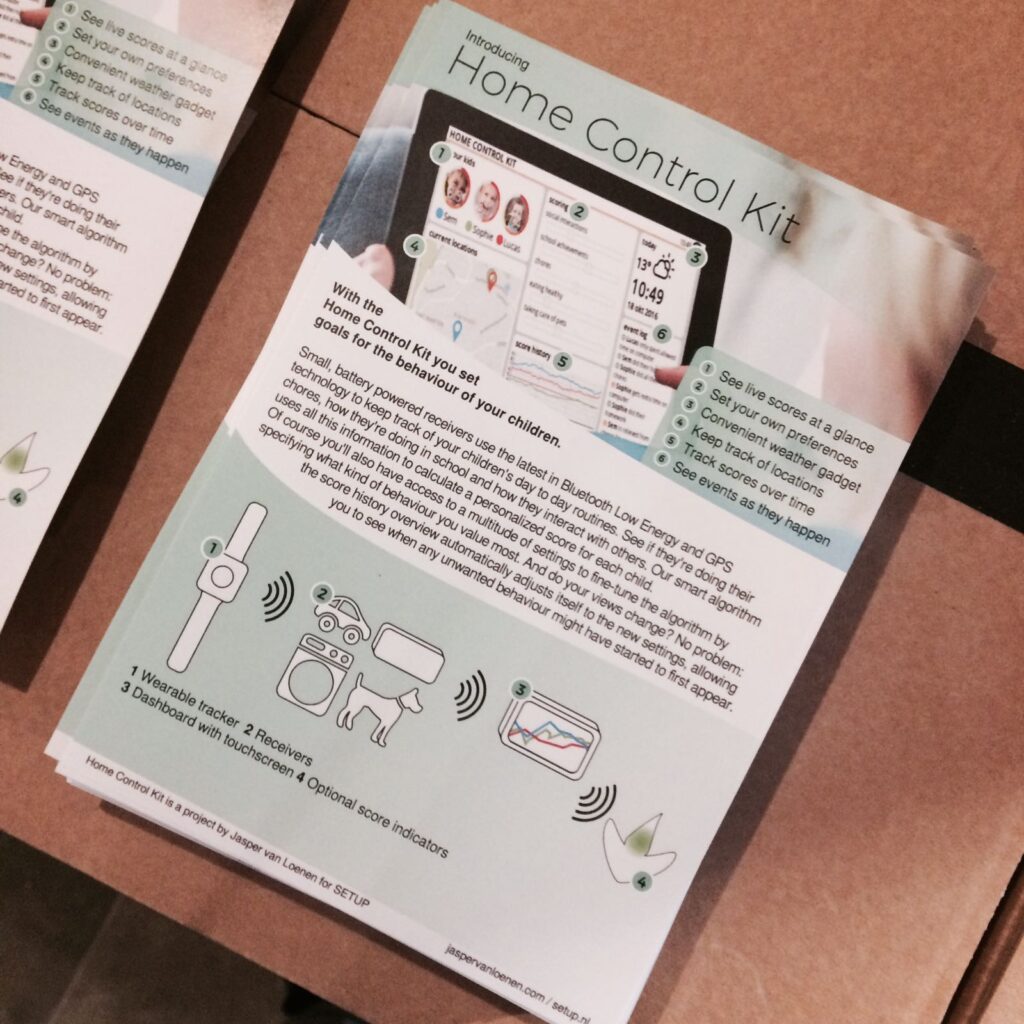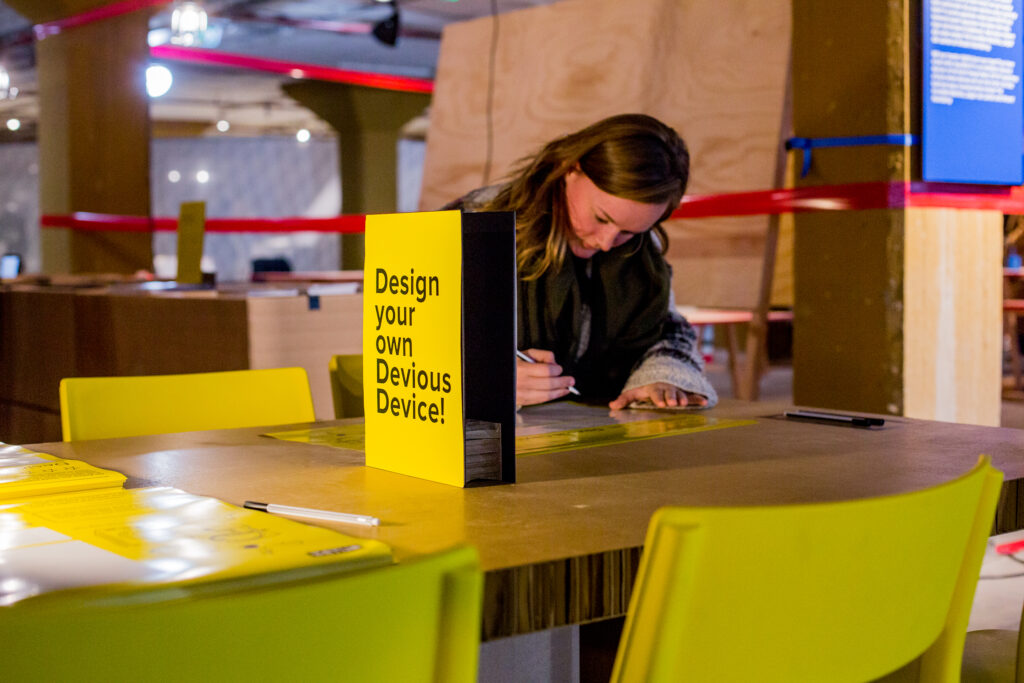Details / Links
- Github repository
- Made for SETUP's Devious Devices project which premiered at the Dutch Design Week 2016)
- Pictures by Dongwei Su.
Home Control Kit
- Github repository
- Made for SETUP's Devious Devices project which premiered at the Dutch Design Week 2016)
- Pictures by Dongwei Su.
The Home Control Kit is a speculative installation showing how different types of data can be used and interpreted by an algorithm to generate a score for a child’s behavior.
Using bluetooth and GPS, a simple tracking device enables your home appliances to keep track of when, how and if a child uses them. Did your child fill and start the dishwasher, like you asked? Did they take a proper walk with the dog, or did they only go down the street and back? Combined with other types of feedback, this results in a personalized score for your child, which can be fed back into the system. A high score might mean they get some more time on their game console, while a low score might both disable their computer and lock the toys drawer.
A simple tablet-like device shows a real-time overview of scores and presents different options for parents to fine-tune the algorithm to their preference (like added focus on social interactions, school achievements, or simply doing
as they are told).
Different objects, such as simple toys outfitted with colored lights, can be used to present the final score to the outside world, for everyone to see.
If a child is not showing their score, what does this mean? Are they just not interested in bragging, or are they hiding something? And what happens to scores achieved in the past when parents develop new views and change the algorithm?
As more and more information about individuals is being stored, tracked and analyzed, we are getting closer to a future dictated by our “citizen scores.” The installation offers a scaled down version of such a system, to the level of a simple household, to allow for reflection within a more relatable setting.
The installation uses a Raspberry Pi computer with touchscreen and HTML dashboard, an Arduino Uno with a Sharp Memory Display, Neopixel RGB LEDs, 3D printed ABS, lasercut polypropylene, a “tuttel” children’s toy and a printed flyer.






